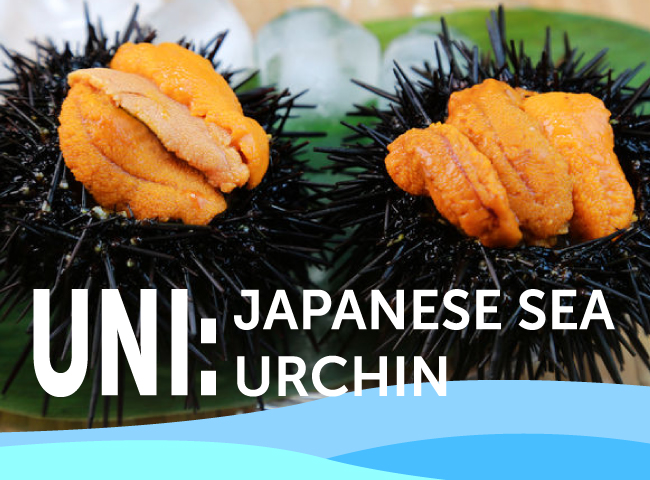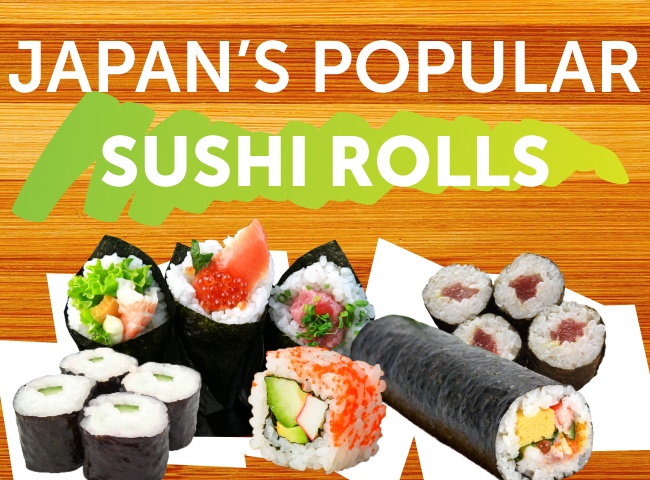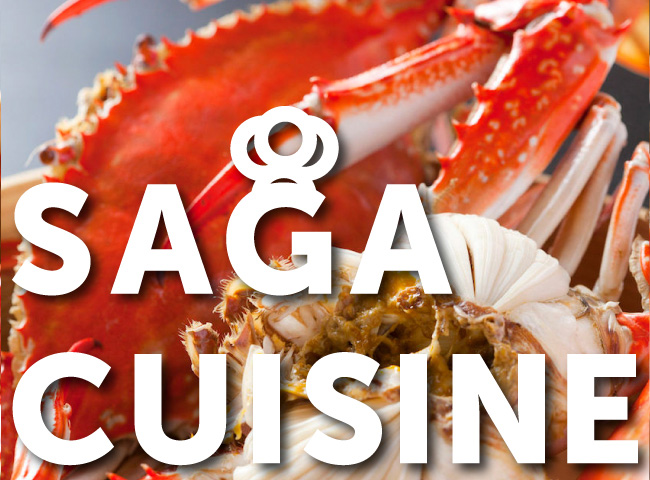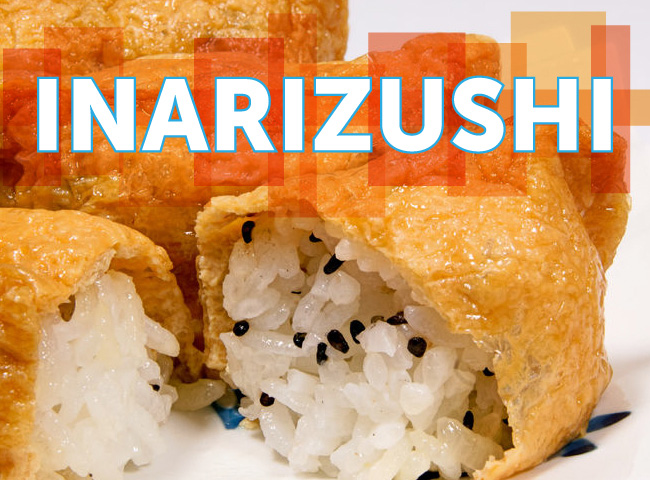28 Popular Sushi Toppings - A Guide to Nigiri

It's hard to believe that rice, now an integral part of sushi, was once thrown out rather than eaten with the fish. Sushi originated as a method for preserving fish, by wrapping it in rice and leaving it to ferment for several months. Over time, a trend towards shorter fermentation times meant that rice was consumed alongside the fish, and then during the Edo period, vinegar was added to emulate the fermented flavor instead of actually aging the sushi.
These days, sushi comes in many forms, from cylindrical makizushi rolls to conical temaki rolls. One of the most popular forms of sushi is nigiri, a pressed rice ball (shari) topped with a piece of seafood or other ingredient (neta). Nigiri-style sushi can be easily found everywhere from bento boxes to upmarket sushi restaurants. Nigiri is also known by the name “Edomae-zushi” because it originated in front of Tokyo Bay, formerly called “Edo.”
Types of Nigiri Toppings
- Toro salmon - The toro cut of a fish refers to the fatty belly section, and is also the Japanese word for “melt.” This cut of salmon is fatty and rich, and whether served raw or slightly grilled, has an extremely tender texture.
- Salmon - Although salmon didn’t start out as a traditional sushi topping, these days it is one of the most popular options. It has grown to be loved for its mild, creamy flavor, medium-body softness, and the perfect harmony of flavor it has with rice, soy sauce and wasabi.
- Maguro (tuna) - Also called akami, this is a deep reddish-purple-colored cut of bluefin tuna. As tuna grows up to 3m, the texture and flavor varies greatly depending on where on the body the cut of fish is taken from. The akami cut is quite lean, leading to a clean and slightly meaty flavor. Akami usually comes plain, but is also often served zuke-maguro style, where is it pickled in soy sauce or a mixture of condiments.
- Chu-toro - Taken from the tuna’s middle belly area, this prized cut is soft and rich due to the high fat content.
- O-toro - This cut is from from the front of the belly, the extra-fatty part of the tuna, which can be seen in its marbled appearance. The buttery flavor and soft texture makes it a popular nigiri topping. It can also be served aburi-style, where a short burst of blowtorch gives it a slightly smoky flavor and extra meatiness.
- Shime-saba (marinated mackerel) - Saba is one of the most commonly eaten fish in Japan, as it is abundant, cheap and has high levels of omega3 fatty acid. As saba ages quickly after being caught, when used for sushi it is pickled in a mixture of salt vinegar to preserve it, while retaining a raw-like flavor.
- Sawara (Spanish mackerel) - Sawara is regarded as the top-end of the mackerel available in Japan. The meat is distinctly white and opaque in appearance, and the flavor is meaty but light. Sawara may come served plain, or lightly grilled to make it even more succulent, and sprinkled with a hint of salt to balance the richness.
- Aji (horse mackerel) - Although a type of mackerel, aji is fairly mild and slightly sweet in flavor. High in omega 3, it is one of the healthiest fish to eat and has an appealing pink flesh when prepared for sushi. It can be served raw or cured a little in salt and vinegar, and is often topped with ginger and negi, or a little citrus juice.
- Iwashi (sardine) - This dazzling silvery fish is commonly thought to be a pungent, strong smelling fish, a perception that comes from the cooked and canned versions of sardines - when raw and very fresh, sardines have a sweet, oily taste. Although considered a lower grade fish due to their abundance, iwashi is loved for being healthy and delicious, and is often served topped with negi and ginger to balance the oiliness.
- Sanma (pacific saury) - An autumn seasonal speciality, sanma has a strong flavor and can be eaten both raw and aburi-style, when the heat releases some of the oils making it extra succulent.
- Kampachi (yellowtail) - When a yellowtail fish reaches mid-maturity, it is called kampachi. Kampachi is caught along the Central and South Honshu coast, and comes into season from early summer to autumn. When cut for sushi, the flesh is and elegant cream color with a pink edge. It has a clean, mild and slightly sweet flavor, and is usually served as-is.
- Buri (yellowtail) - The adult version of the yellowtail fish is known as buri, and both kampachi and buri are regarded as luxury fish. Buri has a dense, creamy flavor, and the peak time to eat wild buri it is regarded as December to February, when the flesh turns from pink to white as it accumulates fat for the winter.
- Katsuo (bonito) - Katsuo it is one of the earliest popular sushi toppings, and has been eaten this way since the Edo era. It is a bold, meaty-tasting fish with dark red-purple colored flesh. The fish has a leaner flavor when eaten during spring, while it is fattier and richer in winter. It's often topped with condiments like ginger and negi to balance the heaviness of the meat.
- Engawa (flatfish fin) - Engawa is the frilly edge from the tail fin of a flounder. Pure white in color, the meat is thin, the texture is soft and slightly chewy, and the flavor is buttery. Engawa may be served raw with negi or aburi-style, flavored with a little salt or ponzu (citrus and soy sauce).
- Kohada (gizzard shad) - Kohada is another of the shiny silver sushi fish, along with iwashi, aji and sanma. It is served as a nigiri topping with the dazzling silver skin on display, with fillets either scored, layered or decoratively woven. As its flavor is quite powerful, Kohada is first marinated in salt and vinegar to take the edge off.
- Tai (sea bream) - Tai is distinguishable by its almost translucent, pinkish-white flesh. It has a delicate, sweet taste, and in addition to being low in fat and high in vitamin B, it is considered an auspicious fish to eat.
- Tako (octopus) - To punch up a flavor that can otherwise be quite bland, octopus is typically first blanched when used as a sushi topping. The legs of octopus are sliced thinly lengthways, then often fastened to the sushi shari with a piece of nori. The flavor of blanched octopus is mild and sweet with a slightly chewy texture.
- Geso (yari ika) - Geso is a section of legs of a yari ika, or cuttlefish. These are served decoratively draped over sushi, and may come raw or grilled with a blowtorch and dressed with citrus or ponzu dressing.
- Ika (squid) - There are many different types of squid in Japan, but one of the most popular is surume ika. This is served on top of rice, scored lengthways, crossways or cross-hatched. Sometimes a slice of shiso leaf will be placed between the squid and rice, as the pungent, aromatic flavor pairs well with the soft, sweet squid.
- Hotate (scallops) - Scallops are a common favorite sushi topping. They have an extremely smooth, glossy flesh with a gentle and slightly sweet flavor. To prepare scallops for nigiri, the round flesh is sliced across the center to butterfly it, then pressed onto the shari. The sweetness of the scallop works well with a little citrus.
- Uni (sea urchin) - Uni is regarded as one of Japan’s three major delicacies, prized for its buttery, oceanic flavor and creamy texture. It is the reproductive organs of a sea urchin, and generally bright orange in color with a tongue-link appearance. Uni nigiri may be topped with a dab of wasabi, as the bold sharpness compliments the richness of the uni.
- Unagi (freshwater eel) - unagi is prized for is bold, rich taste. To prepare unagi for sushi, it is may be grilled and basted with a sweet soy-based tare sauce, or grilled with salt and served with a squeeze of citrus.
- Anago (saltwater eel) - Anago is similar to unagi in flavor, but where unagi is rich, anago has a softness and brightness to its taste. The texture is fluffy, and the anago fillets are usually also brushed with tare sauce to serve.
- Kazunoko (herring roe) - Kazunoko is herring roe that has been pickled in salt or sundried. It has a unique crunchy mouthfeel, with a sharp flavor. It is often fastened to the rice with a strip of nori.
- Hokkigai (surf clam) - Hokkigai is very distinct and attractive in appearance, with a fin-shaped form and peach to bright pink color gradient. The flavor is mild and elegant, making it a nigiri favorite.
- Ebi (prawns) - ebi are one of the ubiquitous sushi toppings, and come in several different varieties. The most popular are the large, fleshy and distinctively striped kuruma-ebi, a small, sweet and translucent ama-ebi, and plump and sought-after botan-ebi. These are usually served peeled, with the tail left on and butterfield. Kuruma-ebi may also come boiled.
- Wagyu beef - a non-traditional but quite popular topping for nigiri, wagyu refers to Japanese beef. Wagyu is famous for the fatty marbling of the meat, which gives it a rich, sweet and savory flavor. When served as a sushi topping, it may also come raw or aburi style, when the grilling makes it even more juicy. Wagyu is found in beef restaurants and izakaya rather than in sushi restaurants.
- Tamagoyaki - Japanese rolled omelette is a favorite sushi topping, served sliced and fastened with a strip of nori. This type of nigiri is often eaten at the end of a sushi meal as it is sweet in flavor, so is similar to eating a dessert. Different to Western omelettes, tamagoyaki doesn’t use milk or cream, but is instead made with dashi, soy and mirin. In fact, these omelettes are such a staple that chefs are often judged on the quality of their tamagoyaki.

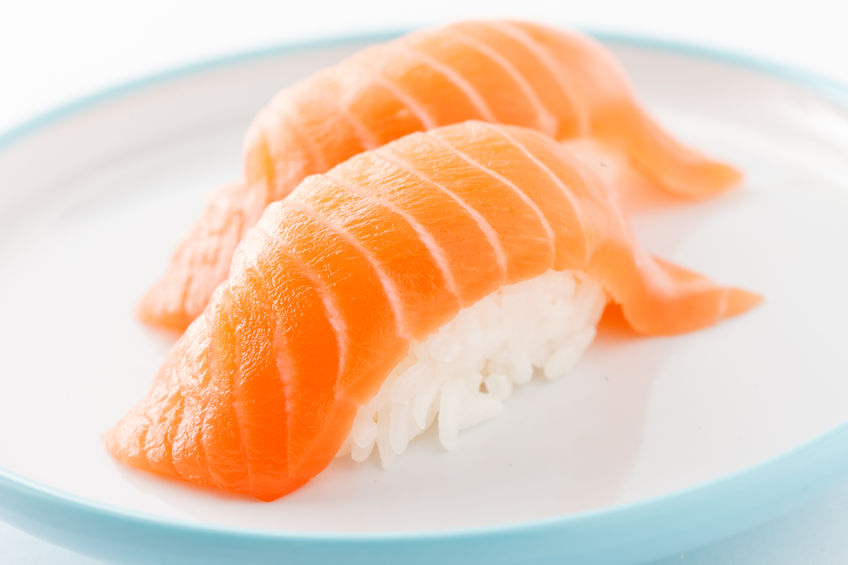
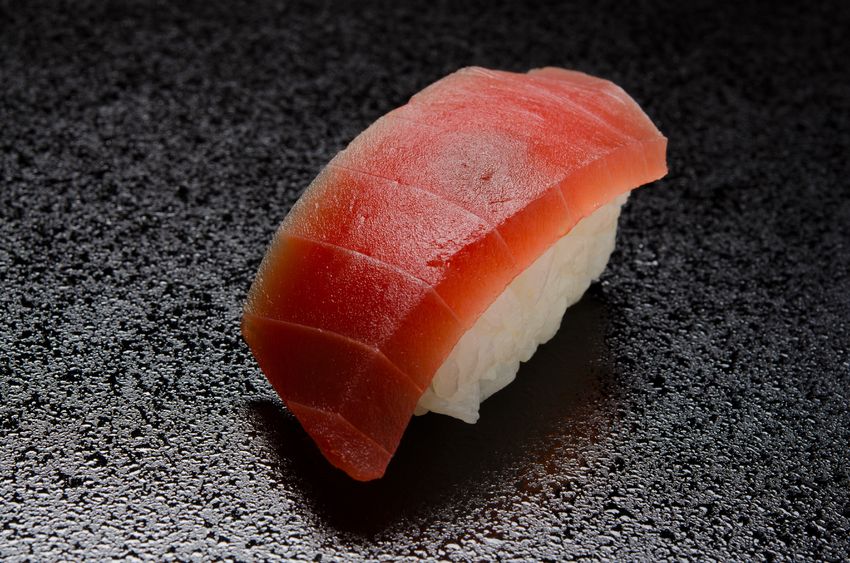

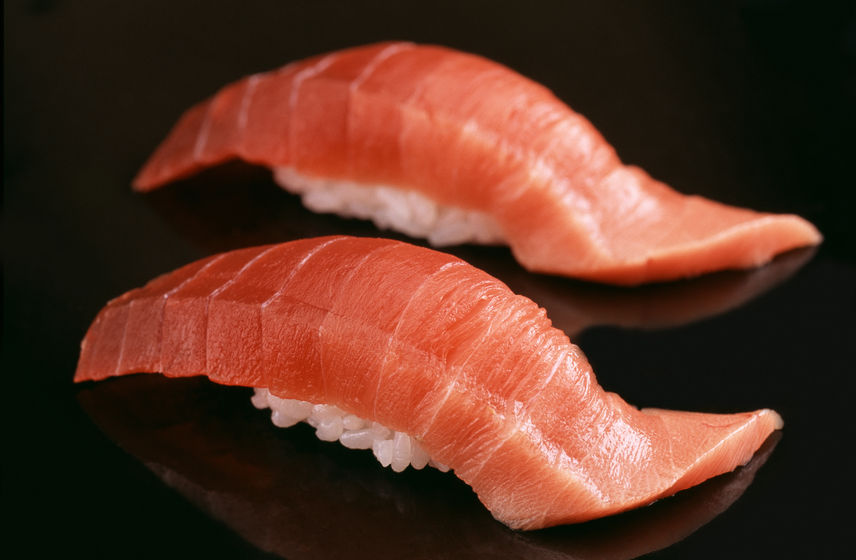
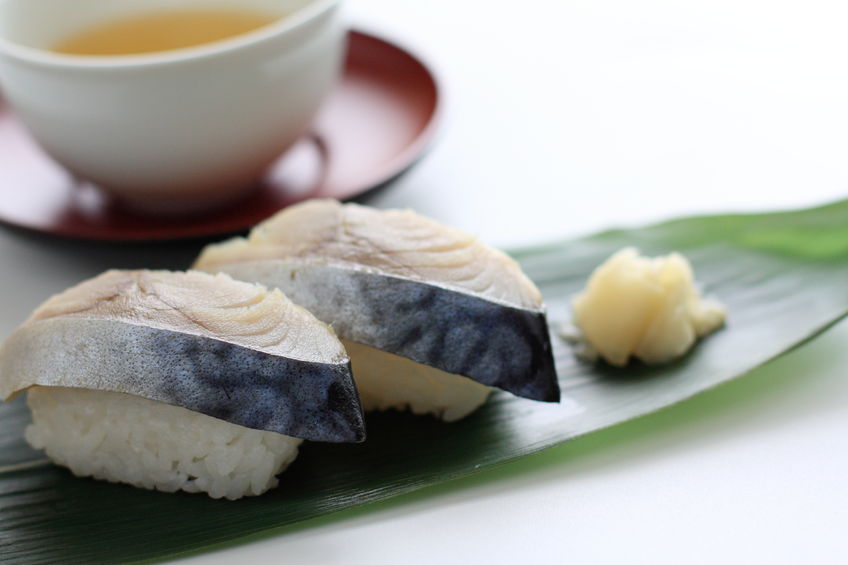
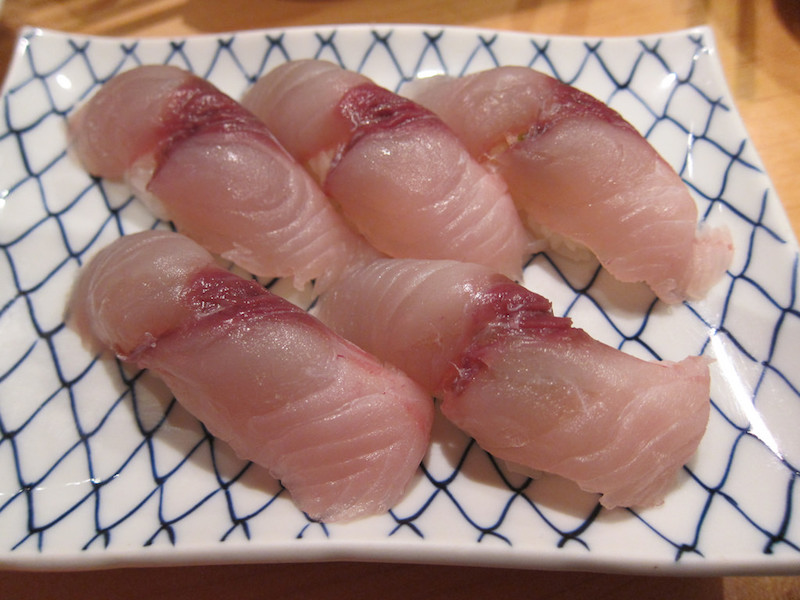 Photo by: Takao Kun on Flickr
Photo by: Takao Kun on Flickr
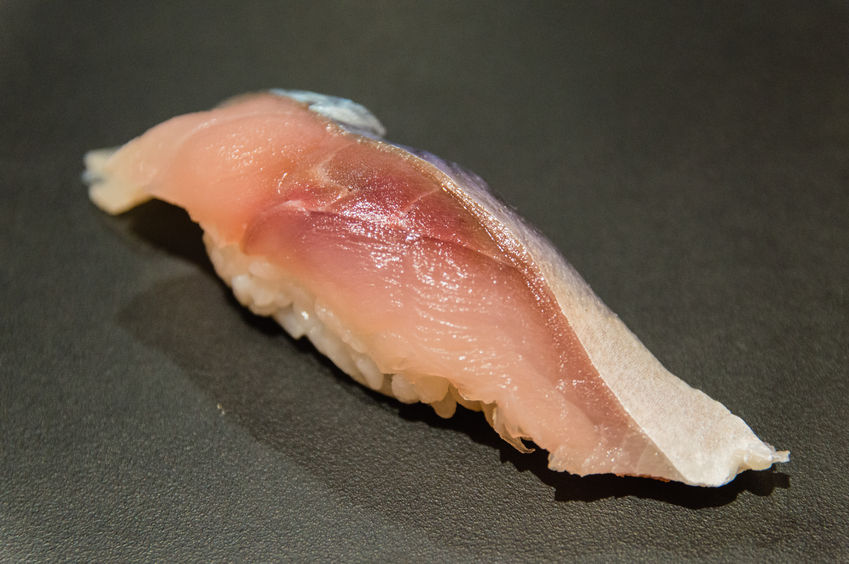
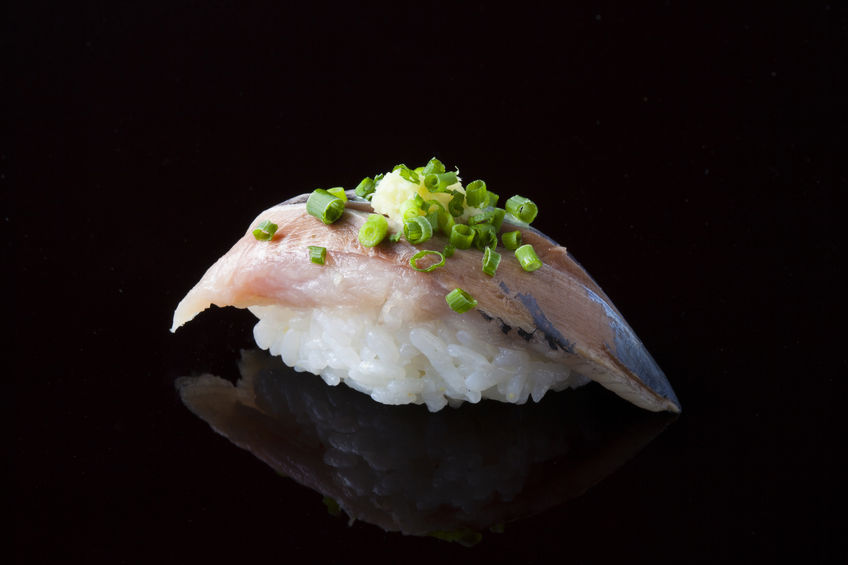

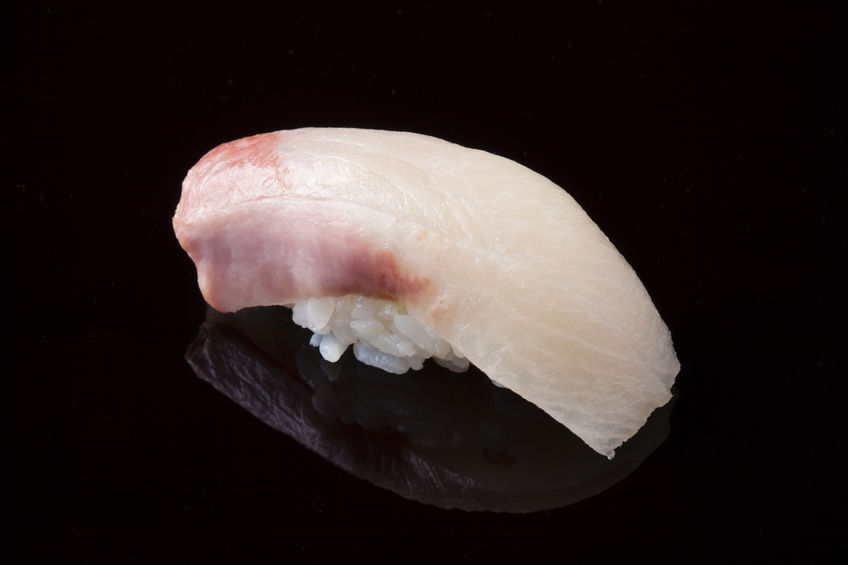
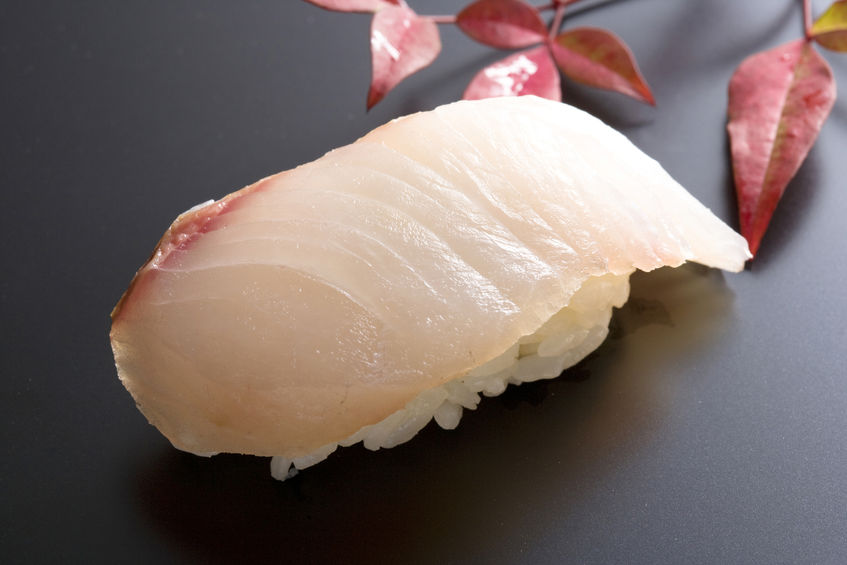

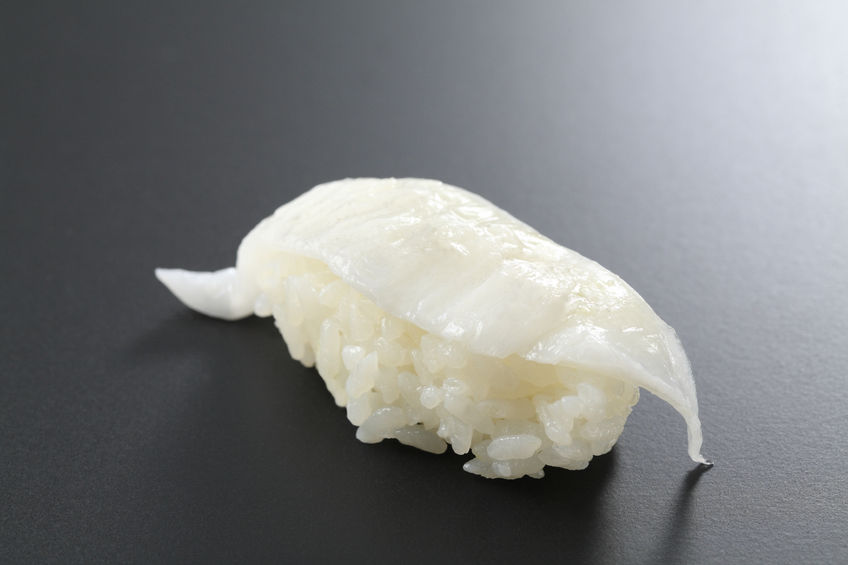
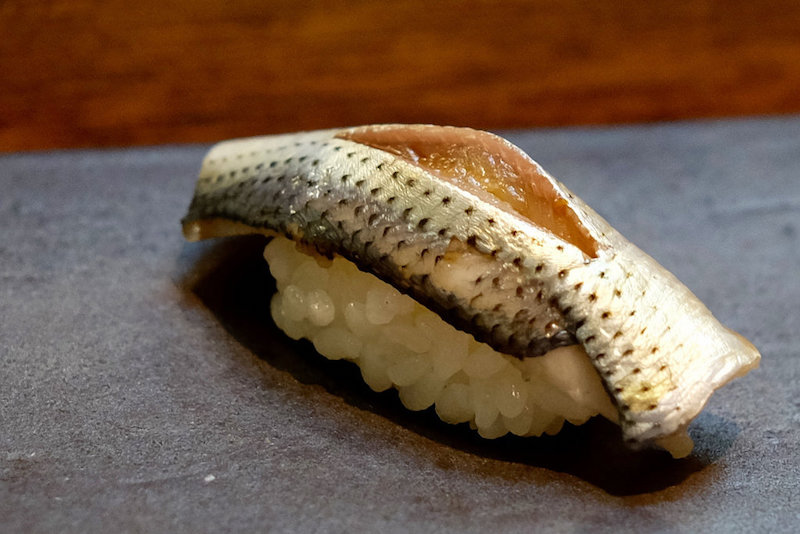 Photo by: Jun Seita on Flickr
Photo by: Jun Seita on Flickr
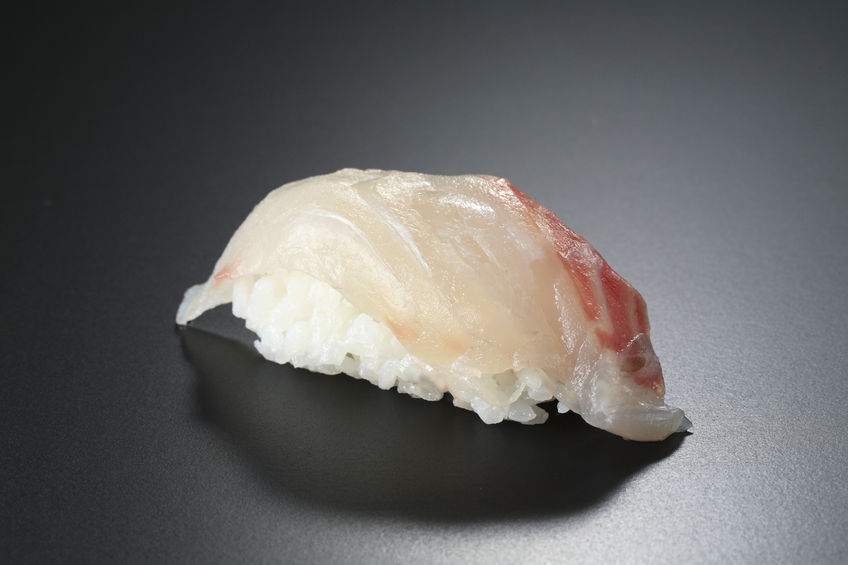
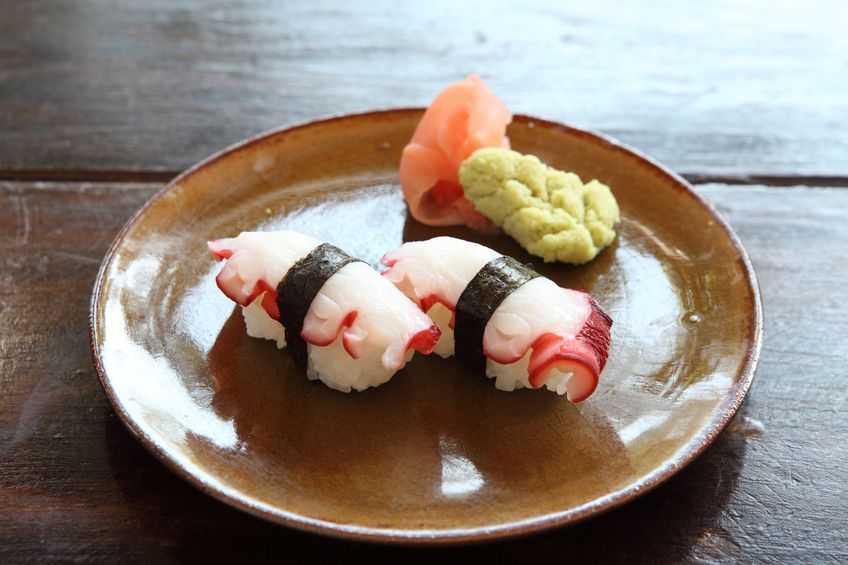

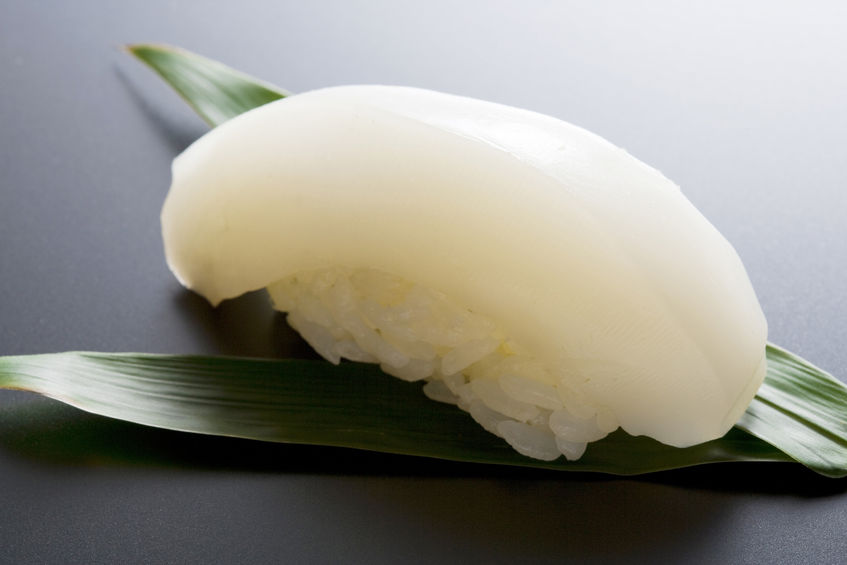

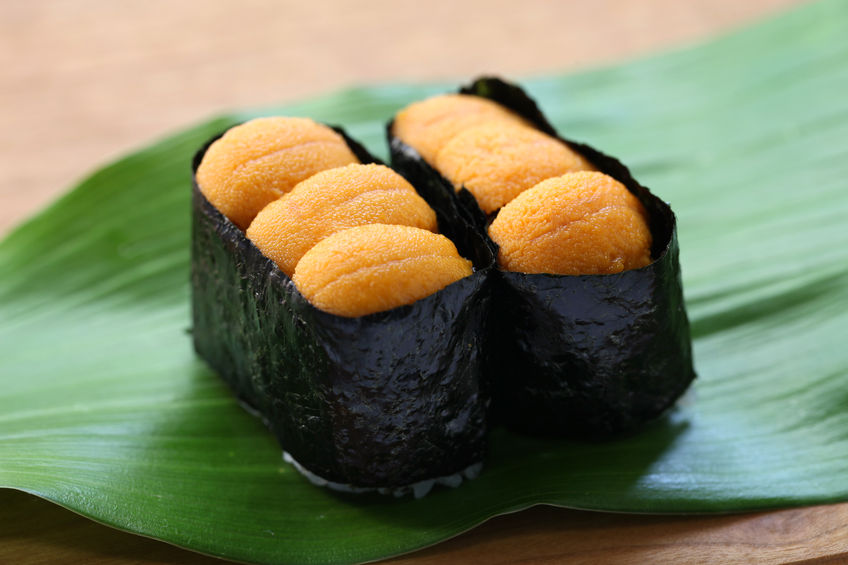
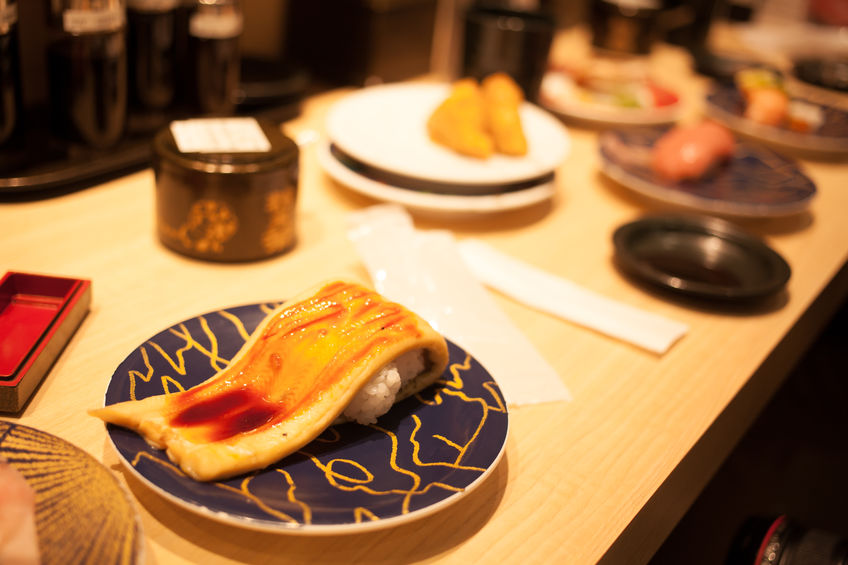
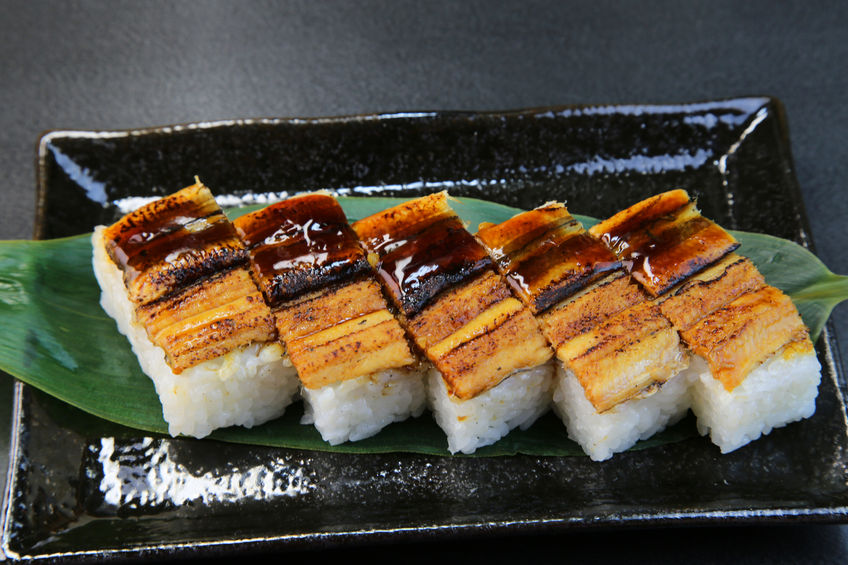
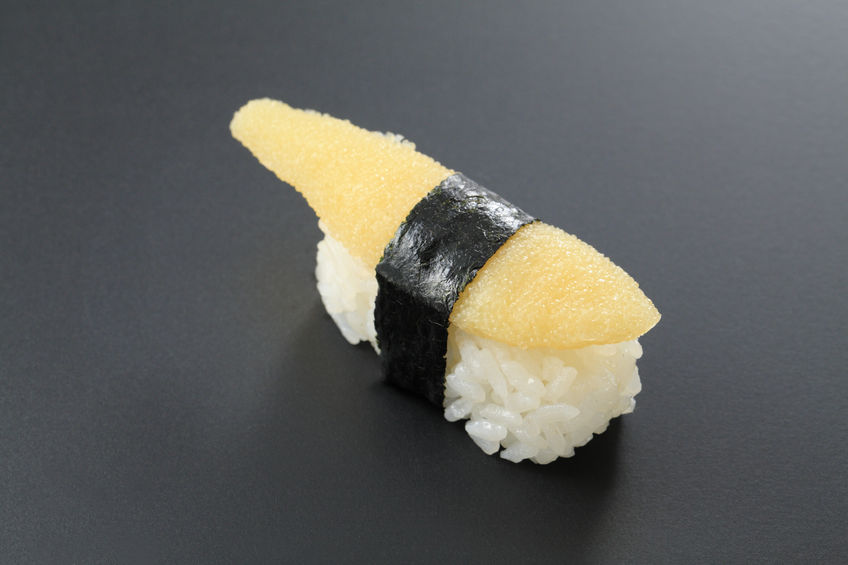


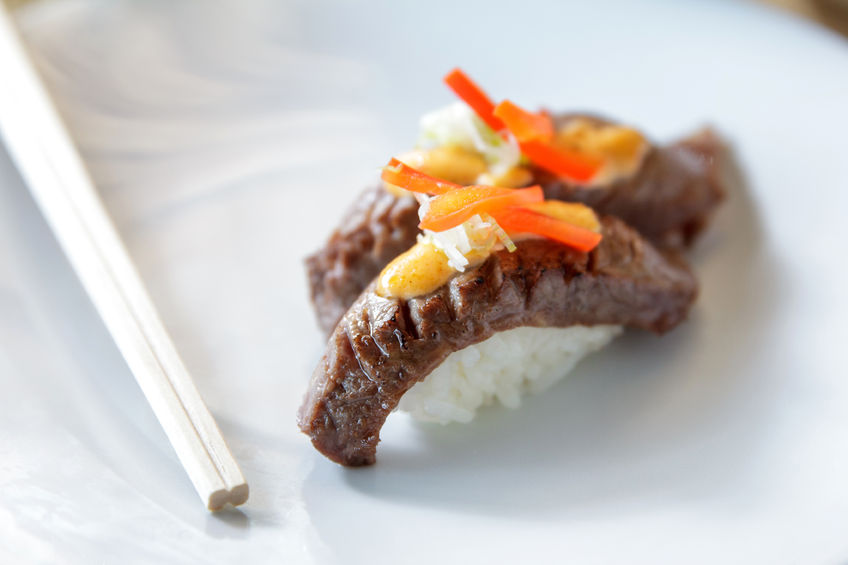
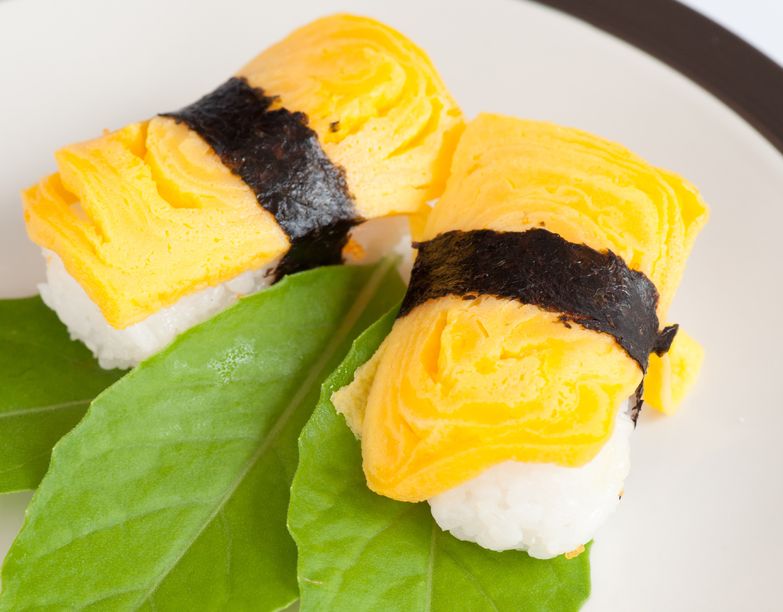
Try as Many Types of Nigiri Toppings as Possible!
Eating sushi in Japan is one of the essential Japanese food experiences. Although widely available around the world these days, sampling sushi is its birthplace is not only cultural insightful, but consistently delicious - the standard is impeccable, the prices are generally very reasonable, and the range of sushi toppings is unique and extensive. Be sure to try as many of the different types of nigiri as possible!


